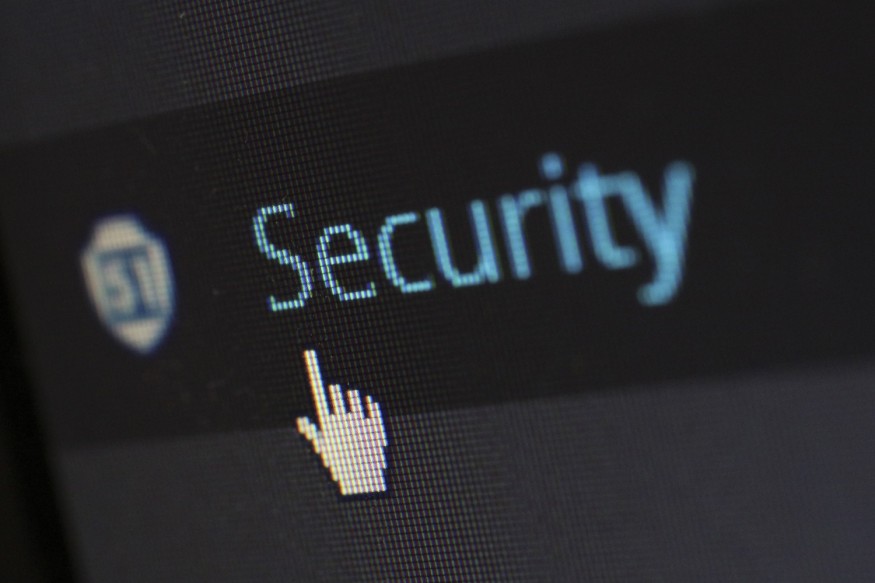
Security Information and Event Management (SIEM) has been a staple of every cybersecurity stack for a long time. However, SIEM is fast becoming legacy functionality due to the changing nature of cybersecurity. Developed more than 2 decades ago, SIEM served a valuable purpose then.
However, modern organizations have multiple ways of organizing their security data handling and event response processes. Modern organizations have complex needs, and traditional SIEM doesn't cut it anymore.
Companies can leverage several types of SIEM alternatives right now. Here are the four best alternatives and the gaps they plug in traditional SIEM.
Next-gen SIEM
The rise of the cloud and the accompanying expansion of analytics gave birth to next-gen SIEM solutions. These solutions leverage the cloud to house vast amounts of data and are designed to efficiently analyze them. Most next-gen SIEM solutions use machine learning to adopt proactive stances when analyzing data.
Next-gen SIEM is a great solution for companies looking for an evolved SIEM that meshes well with the cloud-heavy development environment. It is a massive improvement on traditional SIEM since advanced analytics abilities help it detect threats and assign responses quickly. Companies looking for cloud-native security solutions will find next-gen SIEM a perfect security solution.
ML and advanced analysis capabilities lie at the core of next-gen SIEM's effectiveness. Security teams can access insights and respond quickly, reducing the possibility of a threat overwhelming their networks. Despite all this, next-gen SIEM has a few security gaps.
Like traditional SIEM, next-gen SIEM is an analytics and response-driven platform. It doesn't help teams combat or automated threat responses. Instead, it merely offers context for further analysis and action. In an environment where millions of automated processes interact with sprawled cloud infrastructure, security teams might find keeping pace with insights a bit challenging.
Solution providers have therefore combined features from other security functionality with traditional SIEM to offer unique solutions.
Security orchestration, automation, and response (SOAR)
SIEM still dominates modern cybersecurity stacks and as a result, many SOAR vendors offer their products as a complementary addition to SIEM. While SIEM gathers security-related information and analytics, SOAR automates security operations based on those inputs and boosts operational efficiency.
However, SOAR is more than capable of handling traditional SIEM functionality. Add its ability to execute responses and it becomes a great alternative to even next-gen SIEM. Advanced SOAR solutions can execute SIEM-like functions should an organization need them.
SOAR solutions usually include incident response, event ticketing, case management, and threat isolation. These functions are beyond traditional SIEM capabilities and make SOAR a compelling security investment.
Its ability to integrate with every portion of a security stack has led to professionals thinking of SOAR as a complement to SIEM. However, a big reason for this mistaken view is inertia. Professionals have become accustomed to having a separate SIEM solution that they've ignored SOAR's ability to take over much of SIEM's functionality.
User Entity Behaviour Analytics (UEBA)
UEBA plugs a significant gap in traditional and next-gen SIEM solutions. SIEM relies on data and analytics to build a picture of normal activity and flags suspicious behavior accordingly. As a result,
SIEM is powerless to detect zero-day threats and even insider attacks.
UEBA, often used as a SIEM complement in many organizations due to the inertia mentioned previously, does not rely on external data to detect threats. Instead, it scans an organization's infrastructure and benchmarks behavior.
These benchmarks drive UEBA's threat detection abilities. When combined with a SOAR system, organizations will discover that they don't need a traditional SIEM function anymore. UEBA's abilities don't stop there.
Advanced UEBA platforms use AI to detect zero-day threats and flag suspicious insider activity. It doesn't consider the entity's authority or access levels when analyzing levels of threat, unlike SIEM, and this puts it in a great position to flag insider attacks before they get out of hand.
While UEBA cannot eliminate insider threats, it is a great alternative to SIEM when combined with a security orchestration platform.
Endpoint Detection and Response (EDR)
EDR and NDR are comprehensive security solutions that go well beyond traditional SIEM's purview. EDR systems monitor network endpoints and automatically mitigate threats. They're also great when addressing zero-day threats.
EDRs integrate well with other solutions in a security stack and can perform a SIEM's job. However, some companies are uncomfortable with EDR's focus on action, instead of analytics. After all, EDR is designed to mitigate threats, not offer analysis of historical events as SIEM is. This explains why SIEM is used as a complement to EDR. One solution is to integrate UEBA with EDR and cover traditional SIEM functionality.
Modern organizations depend heavily on EDRs to secure their networks, so this integration makes sense.
SIEM is fast becoming outdated
SIEM still plays an important role in cybersecurity, but due to advances in other cybersecurity functionality, it is quickly becoming outdated. Companies can replicate SIEM functionality using a mix of existing security tools as mentioned in this article.
© 2026 ScienceTimes.com All rights reserved. Do not reproduce without permission. The window to the world of Science Times.










